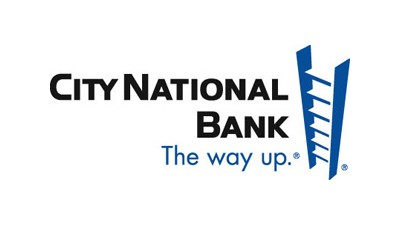Everything You Need to Know About Three Commercial Loans

At some point in your career, you might need a commercial loan. But which kind should you get?
Banks can offer a variety of options for financing your business or developments, but this can be a more of a curse than a blessing if you don’t know what you need or how these loans are faring. Bisnow is giving you the lowdown on three available lending options.
Construction Loans
- What It Is: Construction loans are short-term loans that usually last about 3 years and help finance real estate by securing mortgages on the properties being financed. Construction loans are used to cover the cost of land development and building constructions and are given in different timetables. For example, these loans can be disbursed as needed, as each stage is completed, according to a prearranged schedule, or when a certain condition or set of conditions are met. Construction loans paid off according to a pre-arranged payment plan though the proceeds of permanent financing for 20 to 30 years, which is in turn repaid from the cash flow that the completed building generates.
- What’s new: In the Q1'15, construction loans increased 3.2%, good for the eighth consecutive quarterly gain in a row. The total outstanding balance of these loans was at $246.1B in Q1, high, but still well below the 2008 peak of $632.8B.
Bridge Loans
- What It Is: A bridge loan is a short-term loan that usually lasts one to three months and is used to cover the period between the end of one loan and the start of another. Bridge loans are most frequently used to close a purchase before you receive your payment from a sale or another property, or before a long-term loan is available.
- What’s New: Dekel Capital’s Shlomi Ronen recently told us that recourse bridge loan programs are currently priced in the 3 to 4% range, while non-recourse bridge loans are in the 4 to 5.5% range for middle-market sized loans. Furthermore, the leverage for these bridge loans is 70% to 75% of project costs.
Commercial Mortgage-Backed Security
- What Is It: CMBS are a type of mortgage-backed security that is secured by a loan on a commercial property and gives liquidity to investors and lenders. Due to the nature of the property it covers, CMBS are more complex and volatile than residential MBS. Interestingly enough, American CMBS have less prepayment risk than other MBS types since they have lockout provisions on commercial mortgages that help provide defeasance, yield maintenance and prepayment penalties to protect bondholders. CMBS can have either fixed or floating based interest rates.
- What’s New: As real estate prices have risen over the last few years, so has the use of CMBS. According to NAREIT Economist and Research and Economic Analysis Senior VP Calvin Schnure, CMBS issuance is up, but these securities are primarily refinancing outstanding loans issued prior to the financial crisis. The level of CMBS outstanding, however is about where it was two years ago. Freddie Mac and Fannie Mae—who were given $30B this year to give out to the multifamily sector—have also stepped up their CMBS game. Freddie Mac announced last month that it would guarantee its third series of Small Balance Certificates worth $193M, while Fannie Mae announced that it had made so many deals with multifamily developers that it lent $25B of its annual limit in only the first half of the year and has to change its strategy to consider which developments will be the biggest money makers in the future.

